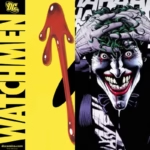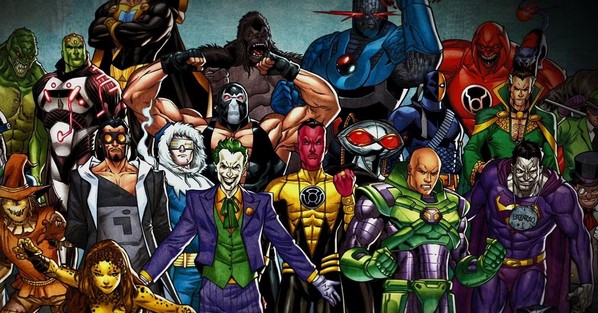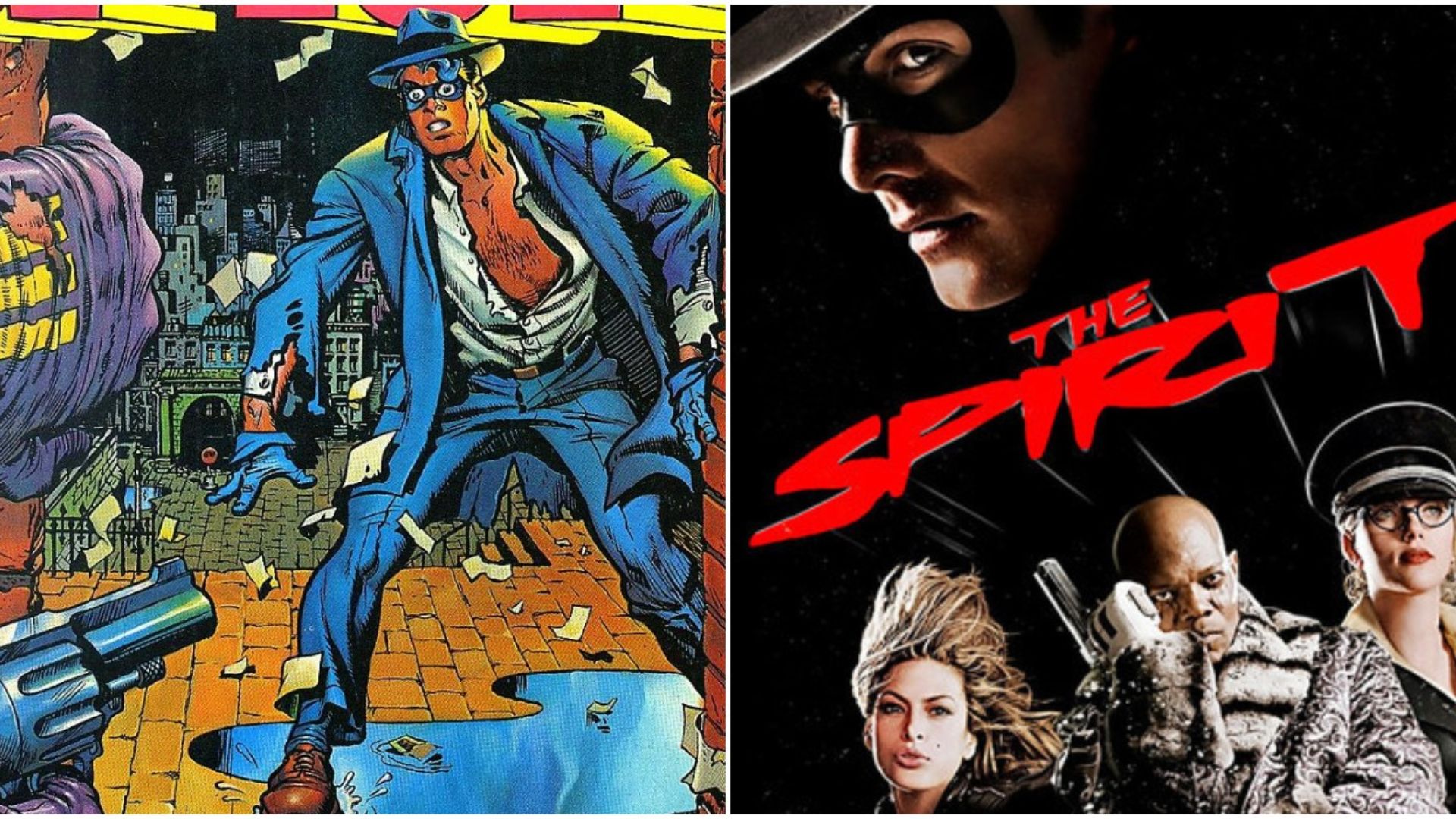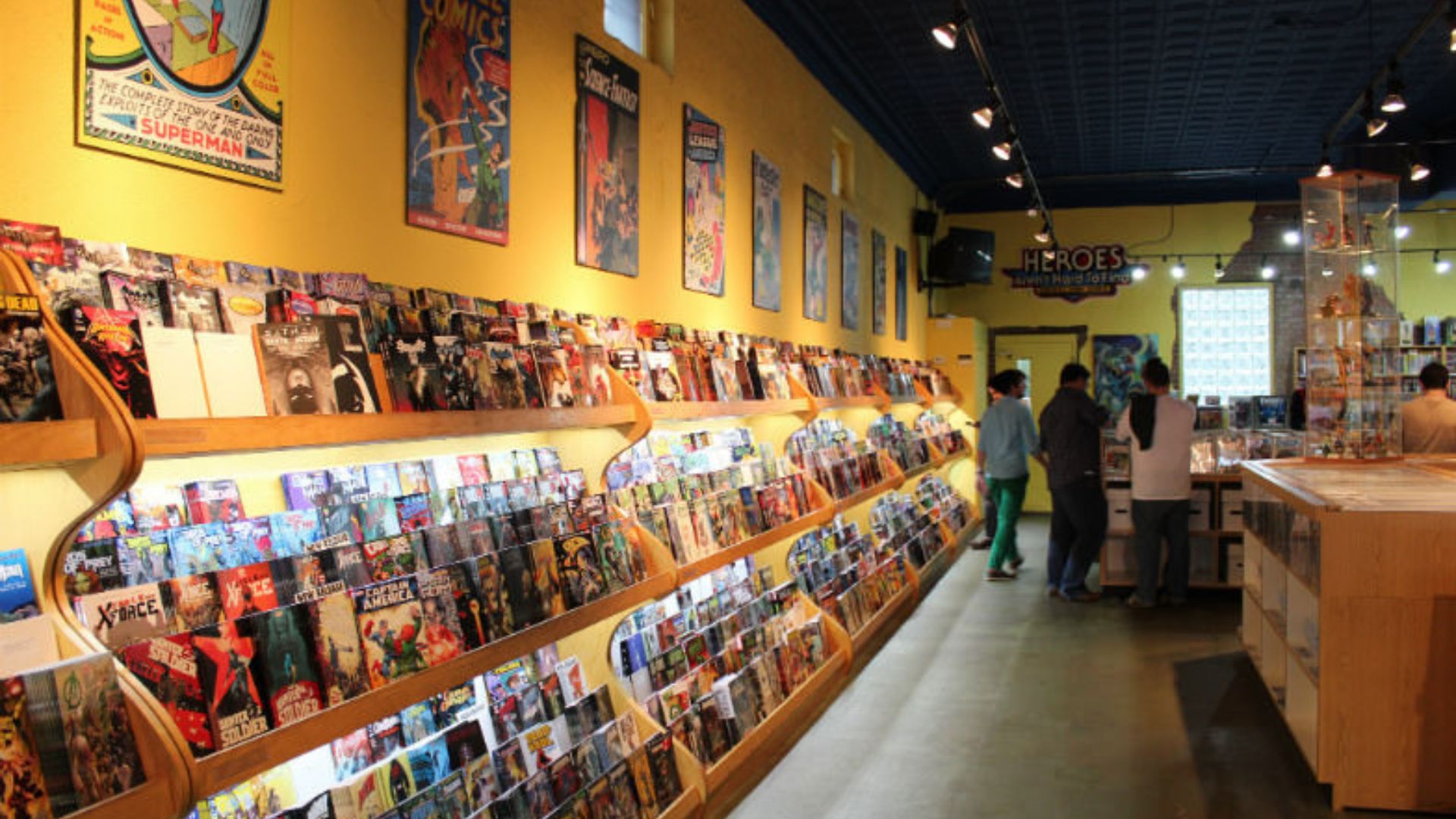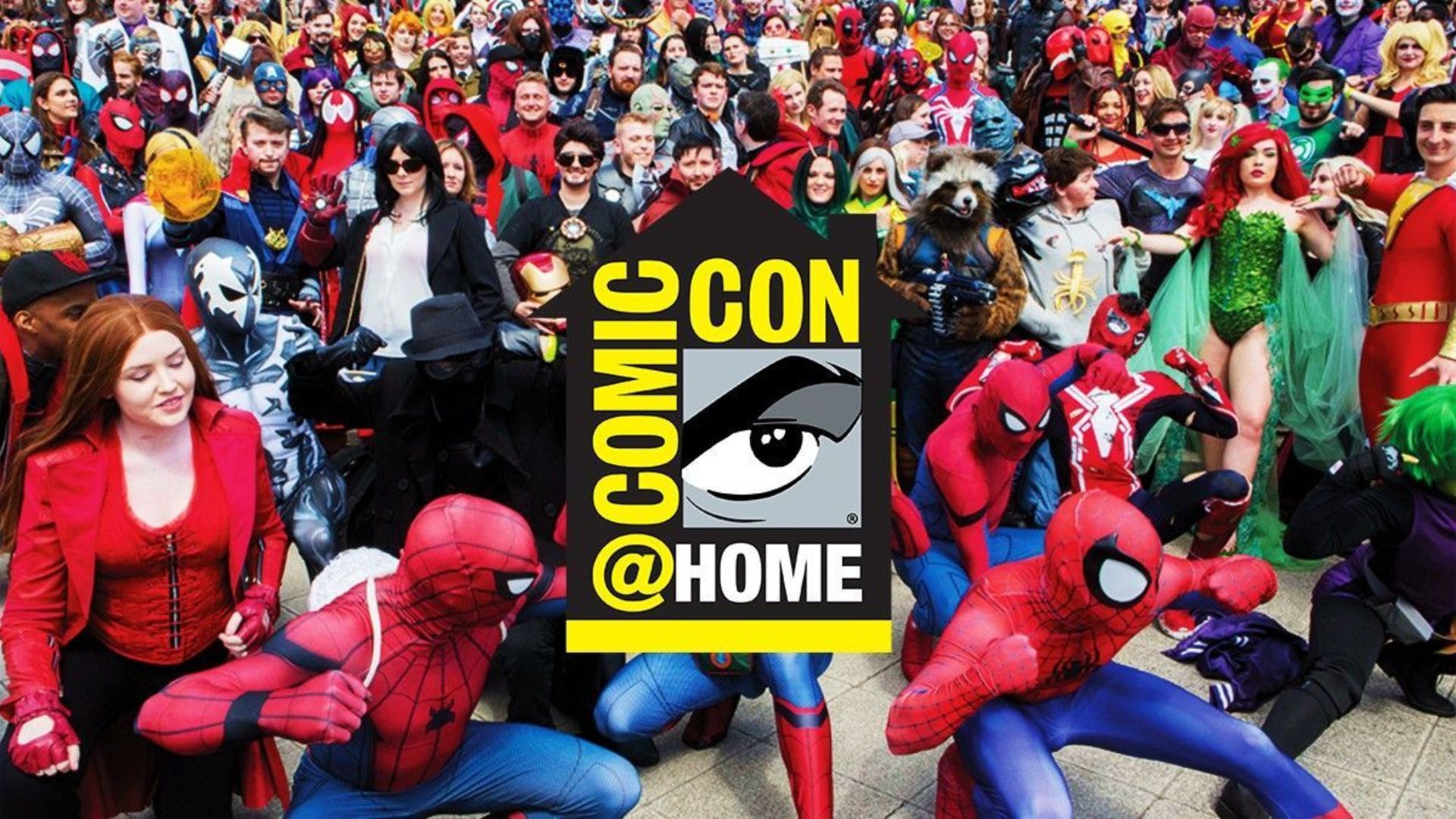Classic comic book villains have played a significant role in shaping the world of comics. These antagonists are often as iconic as the heroes they face, contributing to the rise of superhero culture. From cunning masterminds to destructive forces of nature, classic villains have left a lasting legacy in comic books. In this post, we will explore the impact of these villains and how they continue to influence the comic book world today.
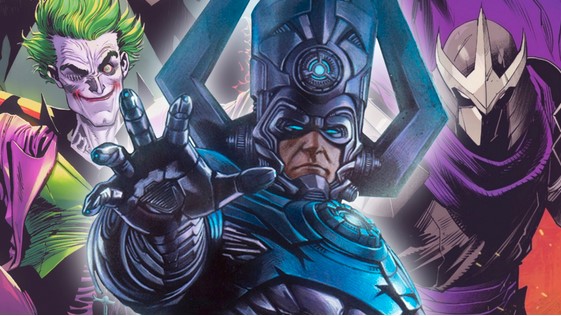
The Evolution of Comic Book Villains
The earliest comic book villains were often simple caricatures—evil figures with clear-cut motives. Over time, however, these villains evolved into more complex characters with rich backstories and deeper motivations. Classic villains like Lex Luthor, the Joker, and Magneto emerged during the Golden and Silver Ages of comics. They challenged the heroes, not only with physical threats but also with moral dilemmas and psychological warfare.
For instance, the Joker, Batman’s arch-nemesis, is not just a criminal mastermind; he represents chaos and unpredictability. His character challenges Batman’s own moral code and forces readers to question the nature of good and evil. Similarly, Magneto, a mutant with the power to control metal, often represents the tension between mutants and humans in the X-Men universe. These villains are not merely obstacles for the heroes, but reflections of deeper social, political, and psychological themes.
Iconic Villains Who Shaped the Genre
Some classic comic book villains stand out because they helped shape the superhero genre itself. Lex Luthor, for example, is Superman’s greatest foe. While Superman is all about hope and justice, Luthor represents the human desire for power and control. Their rivalry explores the contrast between human frailty and god-like strength, making Luthor a timeless figure in Superman’s world.
The Joker’s relationship with Batman, on the other hand, is more philosophical. The Joker believes that anyone, given the right circumstances, can lose their moral compass. His unpredictability serves as a foil to Batman’s rigid sense of justice. The Joker’s chaos forces Batman to confront his own vulnerabilities, and their dynamic has made them one of the most iconic hero-villain duos in comic book history.
Magneto’s role in X-Men is another example of a villain who transcends simple antagonism. As a Holocaust survivor, his hatred for humanity is deeply rooted in personal trauma, making him a tragic figure. His struggle for mutant rights has made Magneto a complex character who readers can sympathize with, despite his methods. Magneto represents the gray areas in human nature, where the lines between right and wrong blur.
The Lasting Impact on Modern Comics
Classic villains have influenced modern comic book storytelling in several ways. They’ve shown that a villain can be more than just evil for the sake of evil. These characters paved the way for the complex, morally ambiguous villains we see today. Villains like Thanos and Killmonger in the Marvel Cinematic Universe or Venom and the Green Goblin in Spider-Man comics have deeper, more nuanced personalities, largely due to the groundwork laid by classic antagonists.
Furthermore, modern comic books have embraced the idea that villains are often products of their circumstances. The more we learn about a villain’s backstory, the more we understand their motivations, making their actions feel more relatable. This shift has created a richer storytelling environment where readers are challenged to sympathize with characters who were once considered purely evil.
Why Classic Villains Remain Relevant
Despite the rise of new, modern villains, classic comic book villains remain highly relevant today. Their legacies endure because they represent timeless themes that still resonate with audiences. Power struggles, moral dilemmas, and the nature of evil are concepts that continue to dominate comic book stories, and these classic villains embody those themes.
Moreover, the cultural impact of these villains cannot be overstated. Characters like the Joker have become symbols of chaos, and their appearances in movies, television shows, and merchandise only expand their influence. The legacy of these villains goes beyond the comic books themselves, affecting the broader pop culture landscape. Their stories have inspired countless adaptations and have become iconic in their own right.
Conclusion
In conclusion, classic comic book villains have left an indelible mark on the comic book industry and popular culture as a whole. These antagonists brought complexity, depth, and morality into the world of comics. Villains like the Joker, Lex Luthor, and Magneto set the stage for the multifaceted characters we encounter in modern comics and media today. Their legacies endure because they tackle universal themes that continue to captivate readers and viewers alike. As long as comic books exist, these classic villains will remain central to the genre, shaping the way we understand heroes and villains.


